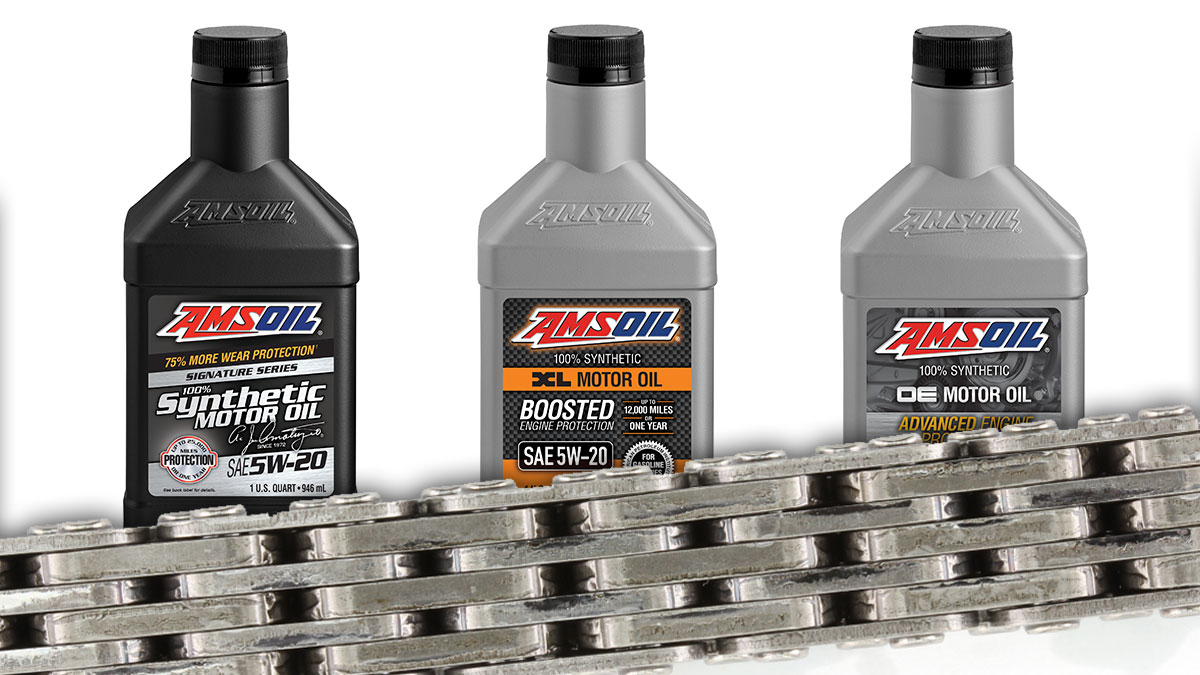A problem has been surfacing among some turbocharged gasoline-direct-injected (T-GDI) engines over the past few years: timing chain stretch.
Experts think soot is to blame. Although most people associate soot with old-fashioned diesel engines, a modern T-GDI engine can produce more soot than an older diesel not equipped with a particulate filter.
Soot can cause big problems
Life is often a series of trade-offs, and engine design is no exception. The industry is willing to accept a little soot in exchange for improved fuel efficiency and performance.
But “a little soot” is turning into a big problem for some drivers in the form of timing chain stretch.
Soot can accumulate in the motor oil in T-GDI engines. The tiny particles can agglomerate into larger wear-causing particles that cause problems inside your engine before the oil filter has a chance to capture them.
These particles appear to be causing accelerated timing chain stretch on some vehicles. In fact, Ford issued a technical service bulletin (#14-0194) that acknowledges timing-chain wear as a problem in certain vehicles equipped with its popular 3.5L EcoBoost engine.
How soot stretches a timing chain
Most automotive timing chains are similar in design to a bicycle chain but far more robust. A series of links are connected by pins on which they pivot. Soot particles can lodge in the tiny clearances between the links and pins. They slowly scour the metal surfaces as the engine is running, enlarging the clearances.
After a while, the timing chain stretches. It doesn’t “stretch” like a rubber band; instead the enlarged clearances between the links and pins create slack, effectively increasing the chain’s diameter. Soon your roughly 43-inch (109.22-cm) timing chain becomes a 43.1-inch (109.474-cm) or larger timing chain. While the tensioner can take up some of the slack, it has its limits.
If the chain stretches beyond the capability of the tensioner, the camshaft and crankshaft sensors can trigger an engine code and even send the engine into “limp” mode.
Modern oils must protect timing chains
To combat this problem, the industry developed the Sequence X Engine Test (ASTM D8279) specifically to measure an oil’s ability to resist soot and fight timing-chain stretch. It’s part of the API SP and ILSAC GF-6 motor oil specifications introduced in May 2020.
The test uses a Ford 2.0L EcoBoost engine run a total of 216 hours throughout a series of cycles. The timing chain is measured after break-in and again following the test. The pass/fail criteria is ≤0.085% timing chain elongation.
AMSOIL fights timing chain stretch
AMSOIL synthetic motor oil, including Signature Series Synthetic Motor Oil, XL Synthetic Motor Oil and OE Synthetic Motor Oil, all passed the Sequence X Engine Test, providing excellent protection against timing chain stretch.
All three oils guard against timing-chain wear in modern T-GDI engines to help prevent timing chain stretch and keep your engine running strong.
If you drive a T-GDI engine that’s known to suffer from timing chain stretch, like the 3.5L EcoBoost, it’s best practice to use a good synthetic oil, like AMSOIL synthetic motor oil, and a quality oil filter to help fight soot-induced timing-chain wear. Doing so will help you avoid that dreaded check-engine light and expensive trip to the dealer.







Comments
Share: